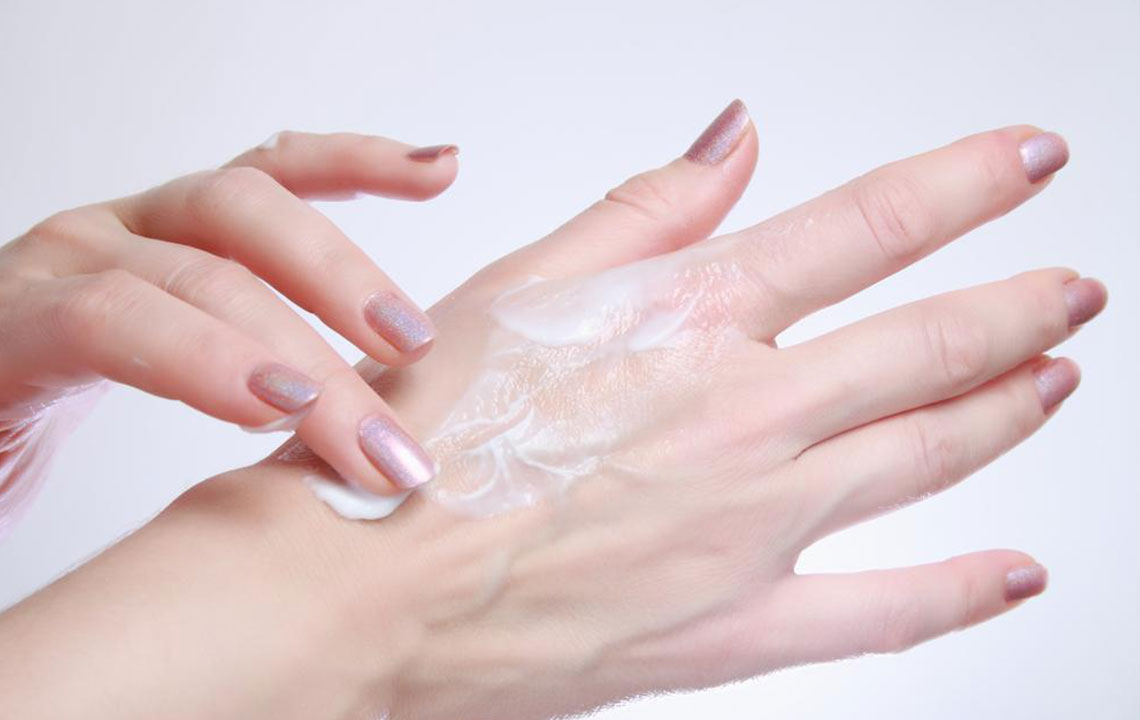Effective and Comprehensive Approaches to Managing Sciatic Nerve Pain
This comprehensive guide explores effective strategies to manage sciatic nerve pain, including conservative treatments, medications, physical therapy, injections, surgery, and home remedies. Learn how to address symptoms, prevent worsening, and improve quality of life through personalized approaches tailored to severity and individual needs.

Effective and Comprehensive Approaches to Managing Sciatic Nerve Pain
Sciatic nerve pain, commonly known as sciatica, is a condition characterized by pain originating from irritation or compression of the sciatic nerve. This nerve runs from the lower back through the hips and down each leg. The discomfort can manifest as sharp pain, numbness, tingling, and sometimes weakness in the affected limb. Recognizing the causes, understanding various treatment options, and adopting lifestyle modifications are crucial steps toward alleviating symptoms and improving quality of life. Proper management involves a combination of medical interventions, physical therapies, lifestyle adjustments, and sometimes surgical procedures.
Addressing sciatica promptly is essential to prevent symptoms from worsening, which can lead to significant disability and loss of function if left untreated. This detailed guide explores the many methods available for managing sciatic pain, including conservative treatments, medical therapies, home remedies, and surgical options. Whether experiencing acute discomfort or persistent chronic pain, a tailored approach can significantly reduce symptoms and promote recovery.
Comprehensive management of sciatic nerve pain involves understanding the root causes and exploring various treatment modalities. While some cases resolve with minimal intervention, more severe or persistent cases require multi-faceted strategies to achieve effective relief. This article delves into the most effective treatment options, including traditional medical approaches, physical therapies, home remedies, and surgical procedures, providing a complete resource for those seeking relief from sciatica.
Understanding the Causes of Sciatica
Sciatica commonly results from herniated discs, spinal stenosis, or other lower back conditions that compress or irritate the sciatic nerve. Factors like age, obesity, poor posture, sedentary lifestyle, and repetitive strain can increase the risk of developing sciatica. Recognizing these causes is the first step in selecting appropriate treatment options.
Conservative and Non-Invasive Treatments for Sciatica
For most patients, initial management involves conservative, non-invasive methods that focus on reducing inflammation and alleviating nerve compression. These include physical therapy, medication, lifestyle modifications, and alternative therapies. Developing a comprehensive plan combining these approaches often results in significant symptom relief within weeks.
Medical and Pharmacological Interventions
When conservative measures are insufficient, healthcare providers may recommend medications to manage pain and inflammation. Nonsteroidal anti-inflammatory drugs (NSAIDs) are commonly prescribed to reduce swelling and discomfort. Muscle relaxants can also help ease muscle spasms associated with nerve irritation. For chronic neural pain, antidepressants and anticonvulsants may be prescribed to modulate nerve signals, providing additional relief. These medications require careful monitoring to avoid potential side effects.
Physiotherapy and Rehabilitation
Engaging with a skilled physical therapist can make a big difference in managing sciatica. Therapists design customized exercise programs aimed at improving flexibility, strengthening supporting muscles, and correcting posture — all vital components of reducing nerve pressure. Techniques such as core strengthening, stretching routines, and low-impact aerobic activities help in restoring mobility and decreasing pain levels.
Injections as a Temporary Relief Option
Corticosteroid injections near the affected nerve root can bring rapid relief by decreasing inflammation. These injections are typically administered under imaging guidance, such as fluoroscopy, to ensure precise placement. While effective, their use is often limited to a few sessions due to the risk of side effects, including infection or nerve damage. These injections are primarily used for severe pain episodes or when other treatments have failed.
Surgical Interventions for Severe Cases
Surgery is generally considered a last resort, reserved for cases where nerve compression causes significant neurological deficits, such as loss of bowel or bladder control, or persistent pain that resists conservative management. Common surgical procedures include discectomy (removing herniated disc material) and laminectomy (removing parts of the vertebrae to decompress nerves). Advanced cases involving spinal instability may require spinal fusion surgeries. The goal of surgical intervention is to relieve pressure on the nerve roots and restore normal nerve function.
Home and Lifestyle Remedies for Sciatica Relief
Many individuals find relief through simple lifestyle adjustments and home remedies. While rest might seem beneficial initially, extended inactivity can exacerbate muscle weakness and stiffness. Instead, gentle activities and specific home treatments can support recovery.
Cold Therapy: Applying a cold pack, frozen peas, or ice wrapped in a towel on the painful area for 15-20 minutes can help reduce inflammation and numb discomfort during acute episodes.
Heat Therapy: After the initial inflammation subsides, heat application with a heating pad or hot compress can relax tense muscles, alleviate stiffness, and improve blood flow. Alternating between hot and cold therapies can enhance relief.
Stretching and Gentle Exercise: Engaging in specific stretches targeting the lower back and hamstrings can relieve nerve pressure. Exercises should be performed carefully, holding each stretch for at least 30 seconds without bouncing.
Over-the-counter pain relievers such as acetaminophen, ibuprofen, or naproxen can also be helpful for managing pain, especially during flare-ups.
Alternative and Complementary Therapies
In addition to conventional treatments, many individuals explore natural therapies that can complement their recovery process.
Acupuncture: Inserting fine needles at specific body points may stimulate nerve pathways and release endorphins, providing pain relief. It is crucial to seek treatment from licensed acupuncturists experienced in managing sciatica.
Chiropractic Care: Spinal adjustments performed by licensed chiropractors can improve spinal alignment, reduce nerve irritation, and enhance mobility. Not all cases are suitable for chiropractic interventions, so consulting a healthcare professional first is advised.
Massage Therapy: Therapeutic massages, especially deep tissue techniques, can alleviate muscle tension, improve circulation, and stimulate natural painkillers, contributing to pain reduction.
Additional Treatment Options: Epidural steroid injections, targeted for specific pain sources such as disc herniations or spinal stenosis, can provide significant relief. These minimally invasive procedures work by reducing inflammation around the nerve roots, thus improving symptoms and mobility.
Timely intervention, combined with personalized treatment strategies, can dramatically improve the prognosis of sciatica, helping individuals regain an active and pain-free life. Expenses vary based on the treatments selected, with outpatient procedures often being more affordable than surgical options.





